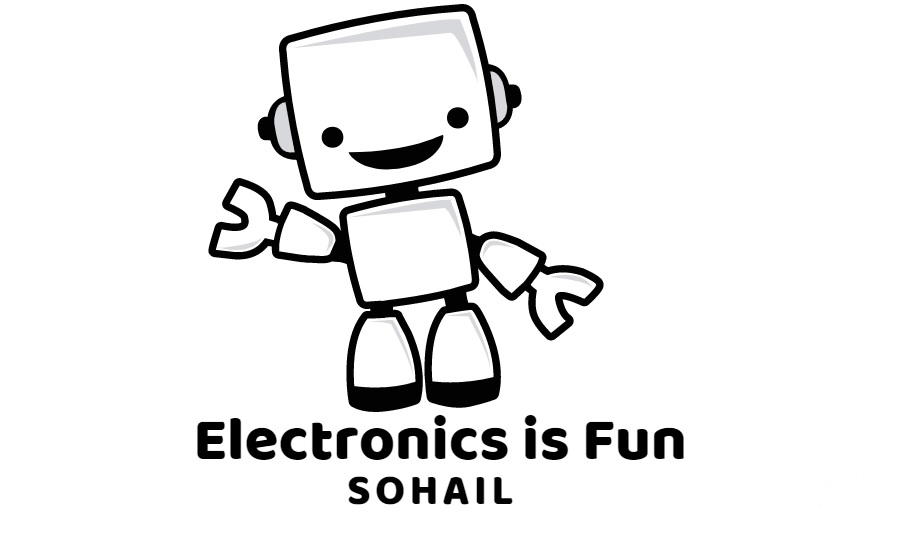What are Electronic Components?
Electronic components are the elements of circuit which helps in its functioning. Electronic components are the basic building blocks of an electronic circuit or electronic system or electronic device. They control the flow of electrons in an electronic system or electronic circuit. Electronic components are very small. Hence, it is easy to carry them from one place to another place. The cost of electronic components is also low. Electronic components consist of two or more terminals.
When a group of electronic components is connected together in an electronic board such as printed circuit board (PCB), a useful electronic circuit is formed. Each electronic component in a circuit performs a particular task.
Electronic Components are of Two Types:-
1. Active Components:- Active elements are those which possess gain. They can give energy to the circuit. They consumes energy in the form of voltage or current and produces or supplies energy in the form of electric current or voltage. They not only controls the flow of electrons or electric current, but also amplifies or increases the power of electronic signal. They depend on the external source of energy or voltage to perform any specific operation.
2. Passive Components:- Passive elements do not possess gain and they cannot give energy continuously to the circuit. They consumes energy in the form of voltage from the source, but does not produce or supply energy. They cannot control the flow of electrons or electric current through a circuit, but they limit the flow of electrons or electric current. They cannot amplify or increase the power of an electrical signal. They temporarily store the electrical energy in the form of static electric field or magnetic field. They do not depend on the external source of energy or voltage to perform a specific operation.
Types of Active Components
Different types of Active Components include Diodes, Transistors, Integrated Circuits (IC's) etc.
Diodes
A diode is a two-terminal electronic component that conducts electricity primarily in one direction. It has high resistance on one end and low resistance on the other end. Diodes are used to protect circuits by limiting the voltage and to also transform AC into DC. Semiconductors materials like silicon and germanium are used to make diodes. Even though they transmit current in a single direction, the way with which they transmit differs.
The Symbol of Diode is :-
Transistors
A transistor is a type of a semiconductor device that can be used to both conduct and insulate electric current or voltage. A transistor basically acts as a switch and an amplifier. In simple words, we can say that a transistor is a miniature device that is used to control or regulate the flow of electronic signals.
A transistor is made up of three layers of semiconductor materials. A voltage or current that is applied to any one pair of the terminals of a transistor controls the current through the other pair of terminals. There are three terminals for a transistor. They are:
- Base: This is used to activate the transistor.
- Collector: It is the positive terminal of the transistor.
- Emitter: It is the negative terminal of the transistor.
A capacitor is a two-terminal electrical device that can store energy in the form of an electric charge. It consists of two electrical conductors that are separated by a distance. The space between the conductors may be filled by vacuum or with an insulating material known as a dielectric. The ability of the capacitor to store charges is known as capacitance.
Capacitors store energy by holding apart pairs of opposite charges. The simplest design for a capacitor is a parallel plate, which consists of two metal plates with a gap between them.
Inductors
Inductor allows DC to pass through it and block AC. It provides low resistance to DC while high resistance to AC. Thus, it is used in the devices which are used in application where AC ripples are not desirable. Besides, inductor stores energy in the form of magnetic field.
















0 Comments